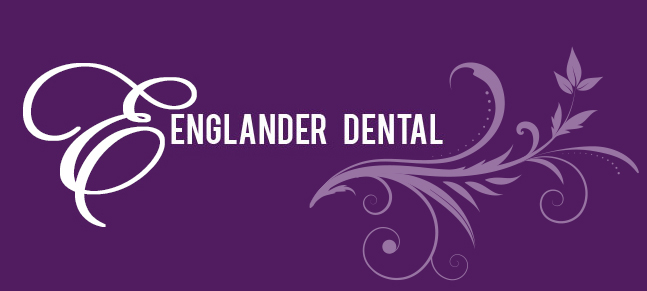We love kids and believe it is important for their long-term health to give them a positive first experience in a dental office. The American Academy of Pediatric Dentistry recommends that your child have their first visit to the dentist by their first birthday (or when their first tooth erupts). Research shows that early detection and good oral health care impacts their general health and can help improve their school readiness. In addition, children benefit from early exposure to the dental office because it alleviates unnecessary future anxiety about the unknown and allows us to establish a relationship for the future.
Your Child’s First Dental Visit
We encourage you to bring your child in for a “get acquainted visit”. We will show them around to help make them familiar with our office and have them sit up in the chair for an examination with one of our friendly dentists. Your child may choose to sit in your lap, and that’s okay, too! Our goal is for them to be comfortable and relaxed.
We will count their teeth, show them how to brush, and talk about how important it is to take care of their teeth. Our dentists will also assess their oral health and can discuss with you any concerns with crowding, occlusion (bite), or risk of cavities to ensure they are developing appropriately.
Your child might enjoy watching one of these videos before their visit:
Professional Dental Pediatric Cleaning
We recommend that kids have their teeth cleaned every six months. At that appointment, we will clean their teeth and remove any hardened calculus and plaque that may have form then we will use hand instruments and a state-of-the-art ultrasonic scaler to polish their teeth so they are bright and shiny. We also recommend a fluoride treatment to protect their teeth and keep them healthy and strong.
Fluoride Treatment Helps Keep Your Child’s Teeth Strong
Tooth enamel is one of the hardest substances on Earth. Unfortunately, acid from the foods we eat and the bacteria in our mouths can eat away that enamel. Fluoride helps keep enamel strong and prevent cavities. It can even reverse the problem by helping enamel to re-mineralize and harden. Topical fluoride application can also help re-mineralize sensitive areas of exposed roots and close off the microscopic tubules leading to the nerve.
Professional fluoride treatment is a safe and effective way of reducing your risk of dental decay. We use the latest proven methods of fluoride application to safely deliver fluoride to your teeth.
Reasons to get a professional fluoride application:
- Children and adults that are moderate and high risk for decay
- Desensitization for exposed root surfaces
- Decay prevention on exposed root surfaces
- Surrounding metal orthodontic braces and brackets
Dental Sealants Helps Protect Your Child’s Teeth
A dental sealant is a thin coating that your dentist or hygienist will paint on the biting surfaces of your child’s back teeth. Sealants help to prevent tooth decay by sealing off the deep grooves that are often too narrow and too deep for their toothbrushes to clean. Sealants cover up the pits to avoid letting bacteria get into them and they smooth out the surfaces so it is easier to keep them clean.
Your child’s first set of permanent molars will erupt around age six. We recommend having sealants placed between the ages of six and 14, the time when they are especially prone to getting cavities.
Though we want kids to learn to manage their own oral hygiene, some children don’t have the coordination yet to properly clean these teeth. (Ideally, they should be brushing independently for at least two minutes, twice daily.) Six-year molars are statistically the most restored teeth in the mouth for this reason; they are the first permanent teeth to erupt so they have to stick around the longest, and they are present during the most cavity prone period of their life. Sealant can help keep the teeth healthy and avoid problems.
Sealants can last up to 10 years, but since they are a thin plastic coating it is possible that they can chip or break off. Dr. Huepfel Dental and your hygienist will check them at your regular dental cleanings to make sure they are still in good shape.
To view the most recent guidelines set forth by the American Academy of Pediatric Dentistry, visit: http://www.aapd.org/media/Policies_Guidelines/G_Periodicity.pdf
For additional information, go to http://www.aapd.org
